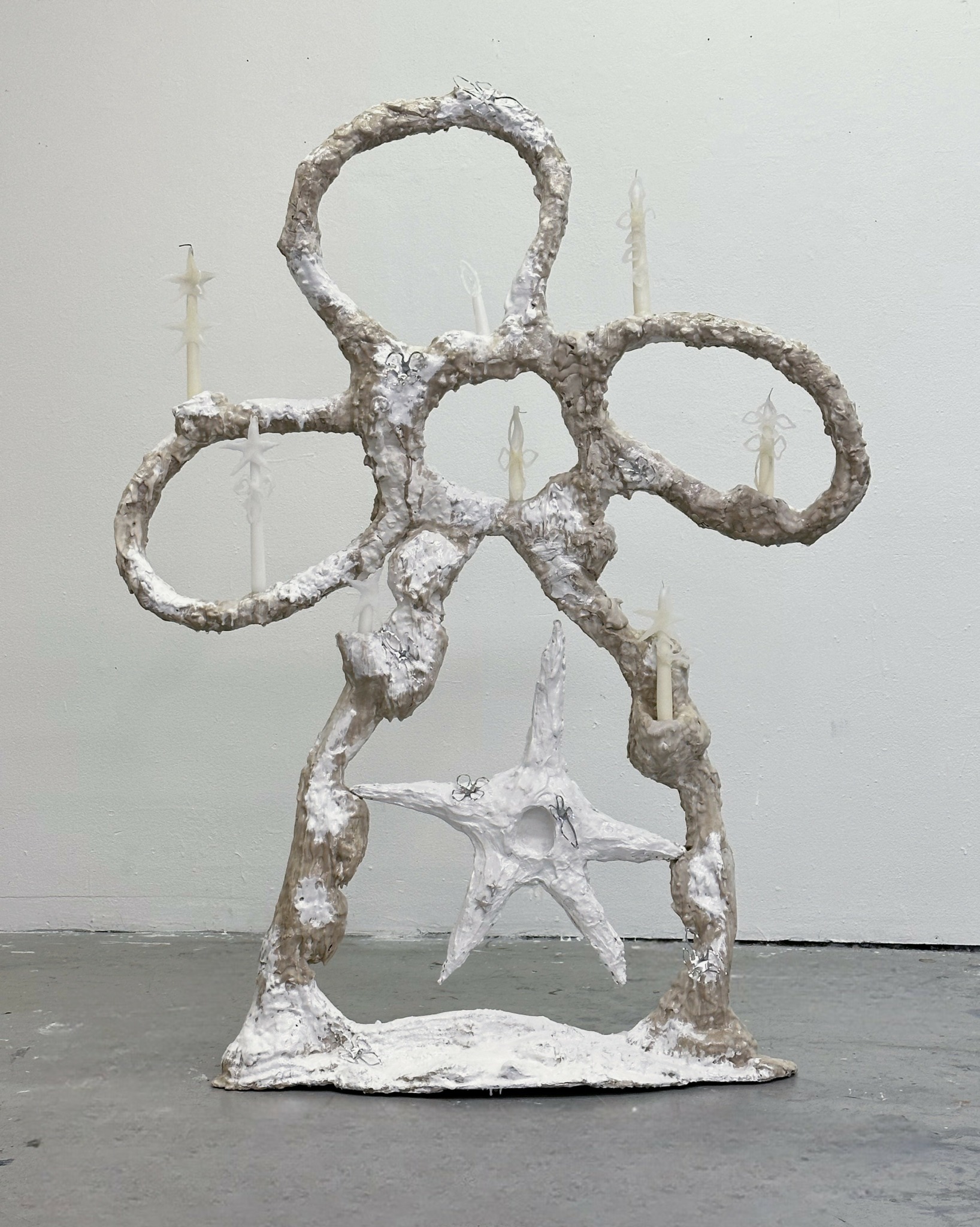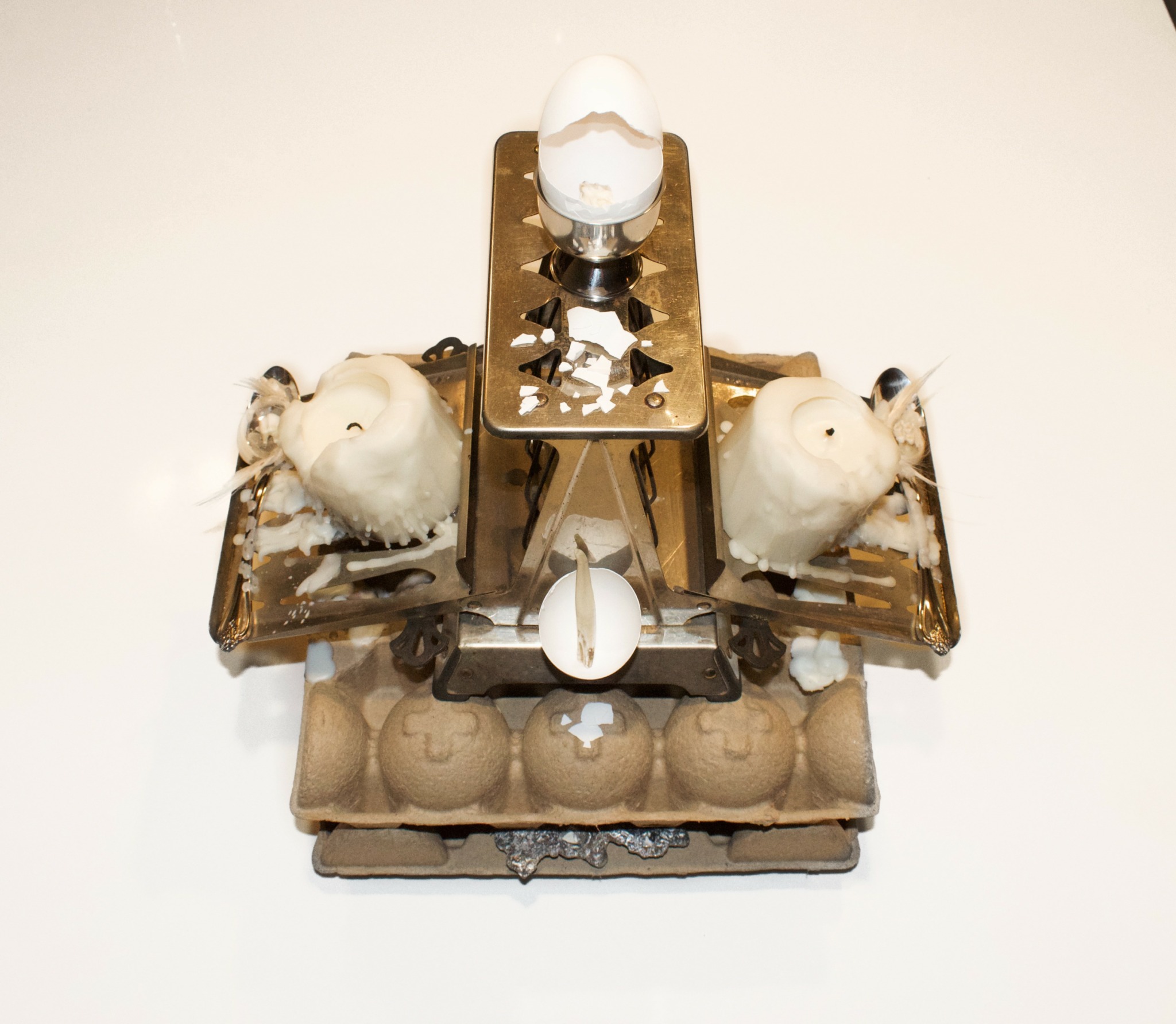We were lucky to catch up with Montana Russell recently and have shared our conversation below.
Montana , appreciate you joining us today. How did you learn to do what you do? Knowing what you know now, what could you have done to speed up your learning process? What skills do you think were most essential? What obstacles stood in the way of learning more?
I like to think that I learned what I do by following instinct more than instruction, by letting myself be led by objects, by texture, by the way things feel when placed beside one another. A lot of it came from experimentation, collecting, assembling, and just seeing what stuck. I didn’t always know what I was doing, but I trusted the process of listening closely. Learning through curating and working alongside other artists in Chicago also helped shape me, those exchanges taught me so much about intention and the potential of shared space. Looking back, maybe I could have trusted my own language a little sooner, the one built on fragments, on nonsense, on physicality. The most essential skill, I’d say, is a specific sensitivity to what wants to be said without words. As for obstacles, probably the noise. Internal and external. Distraction, and the pressure to produce something legible when I was still trying to understand my own vocabulary. But in a way, all of that became part of the work, too.

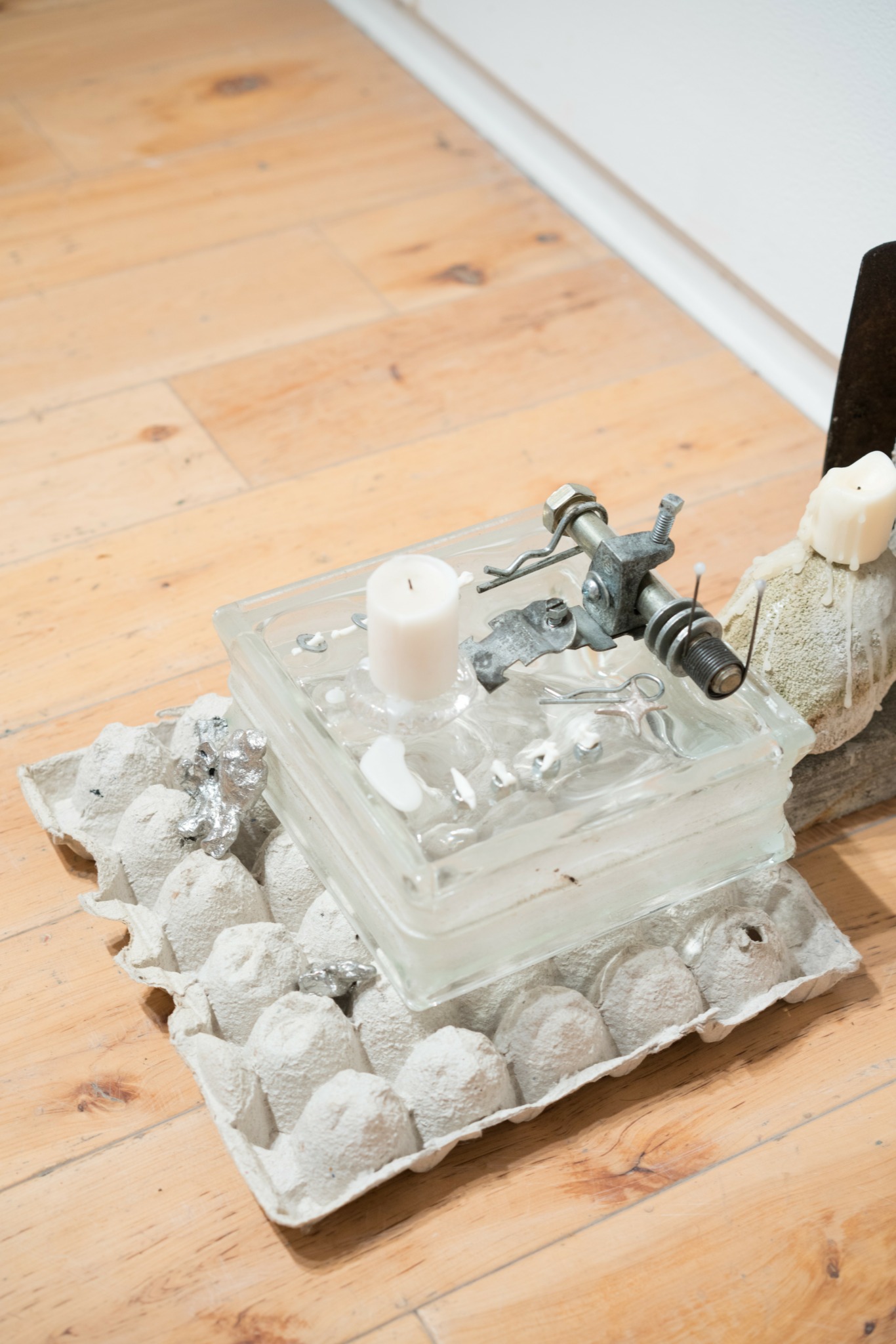
Montana , before we move on to more of these sorts of questions, can you take some time to bring our readers up to speed on you and what you do?
I’m Montana Russell, currently based in Chicago IL, I work with both found and self-crafted objects to assemble sculptural pieces that live somewhere between the surreal and the deeply ordinary. My practice centers on transformation, taking the mundane and allowing it to show its true essence. There’s a lot of focus on nostalgia, sorrow, and the sterilization of recent histories, but also on play, growth, and motion. I let things act separately, objects get to be objects, and through that, something new often reveals itself. I didn’t come to this work through any formal door. I started through emotion, through the passage of feeling and understanding that moves through physicality and nonsense. I’ve always been connected to things through gestures. Art sat quietly at the sidelines of my life for a long time, not something I felt defined by, but something I kept returning to. Maybe I’m not an artist at all. Maybe this is just the language I speak. Or maybe it’s simply just that. What I create isn’t about selling a product, it’s about inviting people into a process of noticing. Of asking questions through material. My work is fragmented and always up for examination. Sometimes the materials reflect a kind of text, something I’m trying to decipher. I’m often drawn to things that are transparent or neutral, because they let the work breathe. There’s a softness in those spaces that feels necessary. I just want people to know that my work doesn’t exist to shout. It sits, listens, rearranges, waits. If it resonates, it’s probably because it was already saying something they were almost about to hear
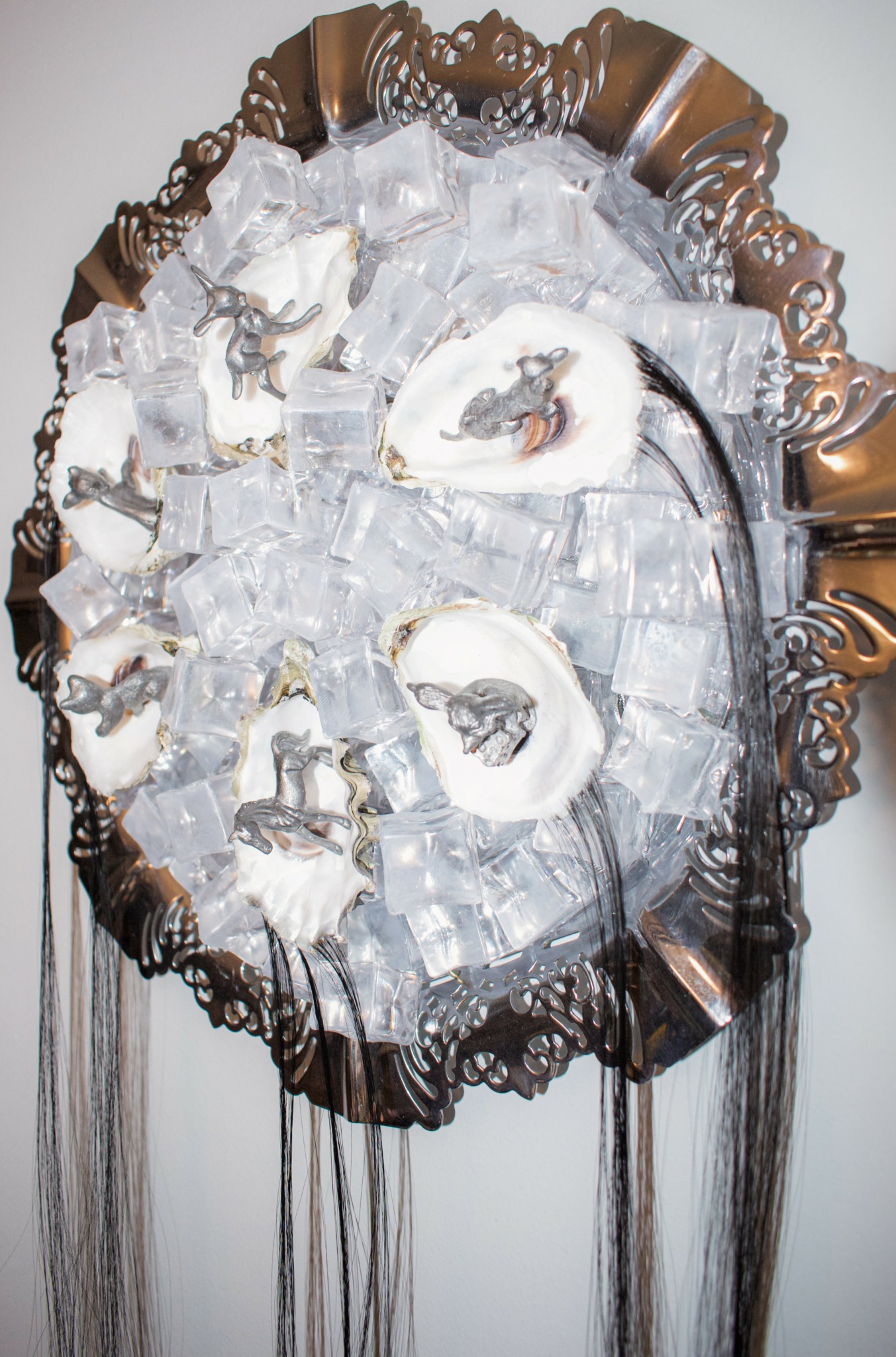

For you, what’s the most rewarding aspect of being a creative?
The most rewarding part of being an artist is how the work becomes a kind of emotional dictionary, a vade mecum of me. Each object, each arrangement, is a little entry in an ongoing dialogue with myself. It’s how I process things I can’t always put into words. Through materials, I can speak in fragments and gestures, letting things exist just as they are while still letting them transform. It’s both deeply personal and wonderfully impersonal,objects don’t lie, they just hold what you give them. There’s magic in watching something small and overlooked start to glow, just by being placed beside something else. When that happens, when things click into place and begin to breathe, it feels like a quiet kind of truth. My practice is filled with motion and stillness, like life itself, and in that way, it reflects how I move through the world. The work grows as I do. It’s delicate, playful, a little strange, and I think that’s exactly what makes it feel like mine.
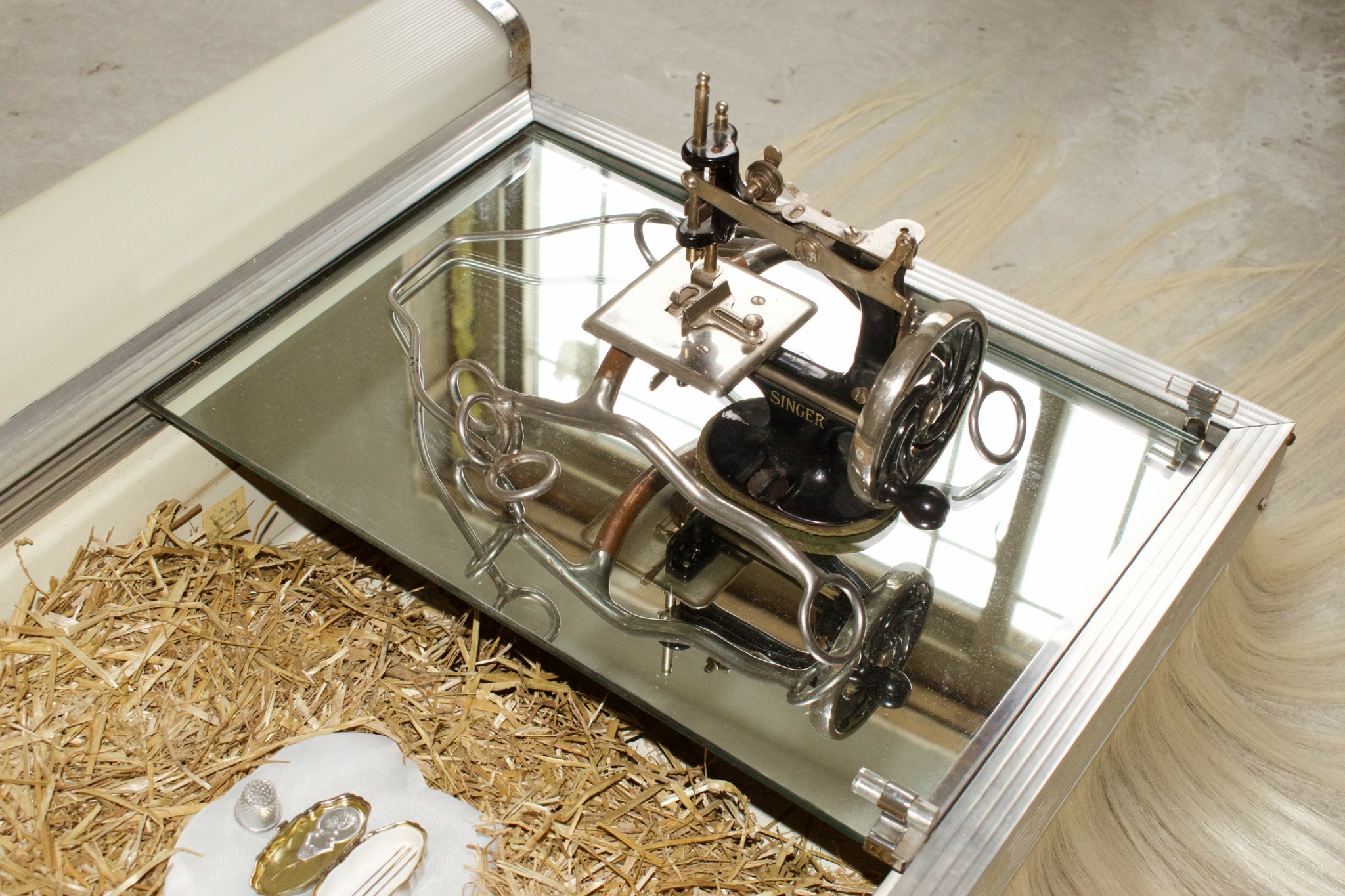

Is there something you think non-creatives will struggle to understand about your journey as a creative?
I don’t think it’s about being creative. Just like the objects in my work, people have their roles, assigned, chosen or imposed. The spoon is a spoon, the wax is wax. They’re not pretending to be anything else. My job is to bring them into conversation, to allow them to act as they are, and I think people are the same. It’s not about trying to make everyone into an artist. It’s about allowing each thing, each person, to just be, and to be seen. And honestly, I don’t think the work is ever about understanding. I’m not trying to make sense. I’m trying to lay something bare, something that’s been silenced or held too tightly for too long. My work is a kind of vade mecum, a map of fragments, a document made from ruptures and reconstructions. It’s full of quiet contradictions. Wax that preserves and suffocates, kitchens that comfort and confine, cicadas that endure after silence. If someone connects with it, even if they don’t know why, that’s enough. I’m not asking to be understood. I’m just offering something to witness. Something that might, in its own small way, remind someone of what they’ve been carrying too.
Contact Info:
- Website: https://montanarussell.com
- Instagram: montanarusse11
